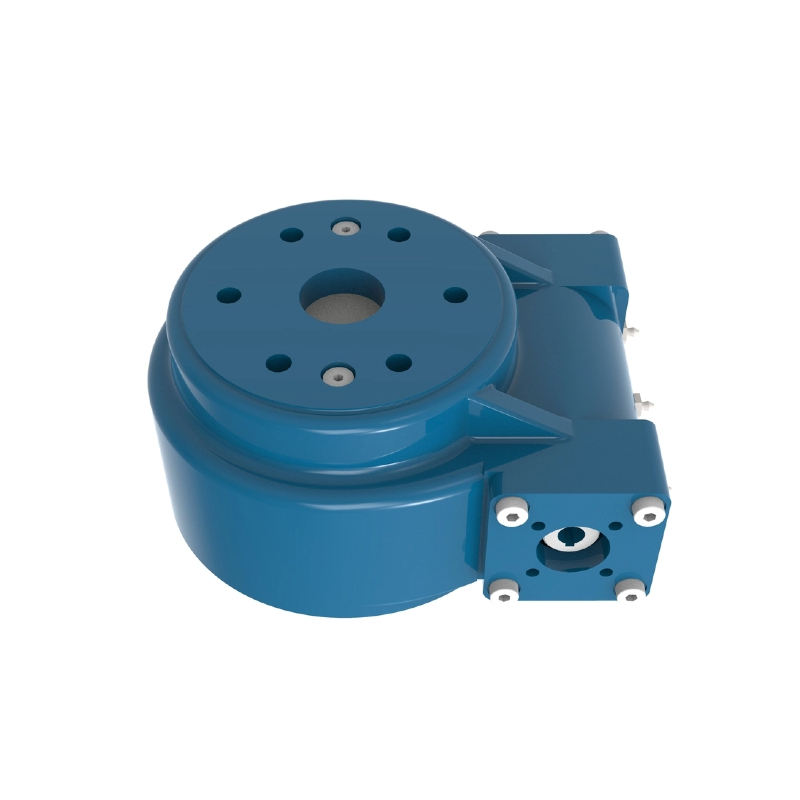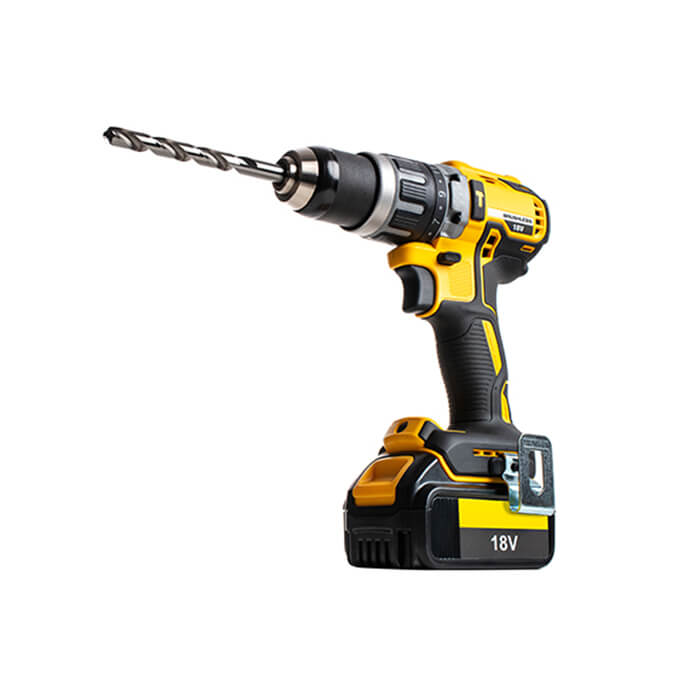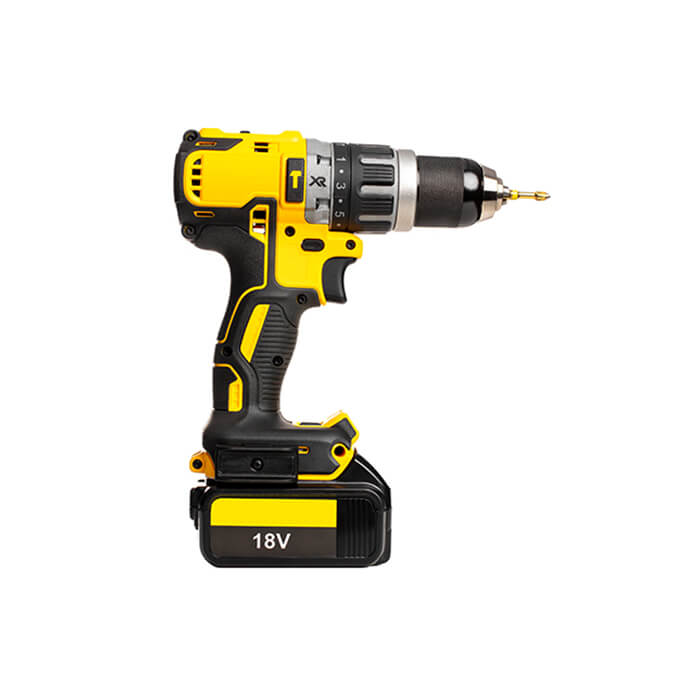Chinese bronze utensils
bronze
The hands are soft and earthy, and the rust is naturally thousands of years old.
The shape and decoration of the vessel are in line with the ancient meaning, and the inscriptions are priceless.
Let's dismantle them one by one according to the categories of artworks in the previous formulas. What I'm mainly looking for is also some popular science articles~
The structure is presented by popular science + cases, giving you a systematic learning structure, and also for your own collection from the shallower to the deeper, and the solid work can be more reliable.
The slave owners of the Western Zhou Dynasty formulated a whole set of etiquette system and stipulated strict hierarchical differences to maintain the order of slavery rule. Due to the strengthening of the ritual system, some utensils used for sacrificial sacrifices and feasts were given special meanings and became the embodiment of the ritual system. This type of utensil is called "bronze ritual vessel", referred to as "ritual vessel", or "Yi vessel".
For example, Ding was originally a cooking utensil, and later became one of the most important types of ritual utensils. According to the so-called "column ding" formed by the ritual system, He Xiu annotated "Gongyang·Huangong two years biography": "The emperor is nine tripods, the princes are seven, the doctors are five, and the Yuanshi three." It is a symbol of the ruling authority of the slave owners. This function of ritual vessels was most prominent during the prosperous period of slavery. With the decline of the slave system, "the ritual collapsed and the music broke down", the bronze ritual vessels gradually lost this function.
From the perspective of bronze ware modeling art, bronze ritual vessels are the most eye-catching. Ritual vessels are the utensils displayed in the ancestral temples and palaces. They are used in various sacrifices, feasts and various ceremonies. The ancients believed that sacrifice and war were the The most important thing of the country, the so-called "the important thing of the country, is in the sacrifice and the Rong".
The most important part of the ritual utensils is the utensils related to sacrifice, and the most important part of the bronze utensils is the utensils used in the ancestral temples. In many bronze inscriptions, many ritual vessels in the ancestral temple are called "Bao Zun Yi", and Zun Yi is the general name for ritual vessels. Some ritual utensils cannot be moved. The so-called "heavy utensils do not go out" means that if the utensils of great significance to the family cannot be kept, it means the demise of a family.
Ritual utensils are used in various ceremonial activities, and the user is still a person who participates in ceremonial activities, so it cannot be compared with the utensils in daily life. Ritual utensils include wine utensils, cooking utensils, water utensils, musical instruments, etc. Each category of utensils can be divided into a dozen or twenty kinds of utensils. Due to the replacement of dynasties, the changes of ritual systems, the mutual influence of customs, and even the progress of production technology, each kind of utensil will evolve into many forms.
There are nearly 40 different names for the utensils in the two categories of wine utensils and cooking utensils. For each basic vessel shape, there are many variations and styles, and there are hundreds of these styles. In this way, bronze ritual vessels form a huge system of artifacts.
The general rule for the development of each shape is from simple to complex, and from unreasonable to reasonable in casting technology. This is a process of continuous creation. At present, there are tens of thousands of unearthed or handed down bronze wares that we can see, which are only a small part of ancient times. The history of the development of Chinese bronze ritual vessels alone can already describe a very splendid Bronze Age in the distant past.
Food utensils
tripod
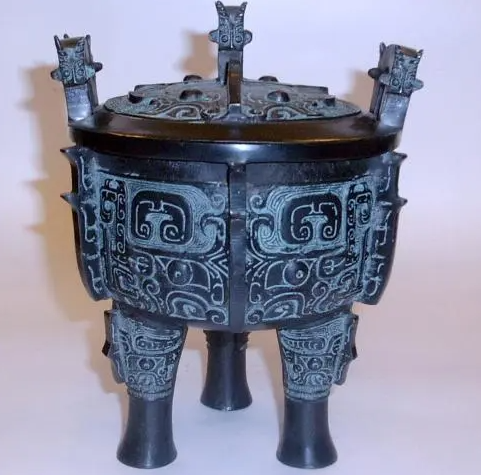
Ding is one of the most important bronze ware species, and it is a utensil for cooking and storing meat. The three dynasties and the Qin and Han Dynasties lasted for more than two thousand years, and the tripod has always been the most common and mysterious ritual vessel. Ding is regarded as a national treasure, a symbol of state and power.
li
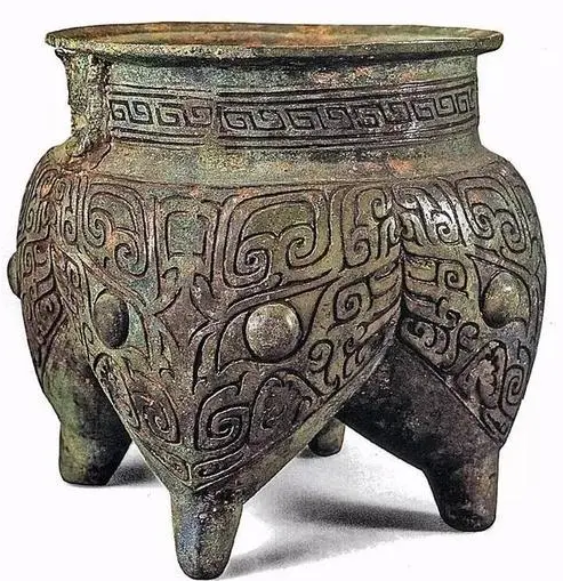
Bronze li was popular from the Shang Dynasty to the Spring and Autumn Period. In the early Shang Dynasty, most of the li had no ears, and in the later period, there were usually two straight ears on the lip. In the early Western Zhou Dynasty, most of the li had high collars, short feet, and often had attached ears. From the late Western Zhou Dynasty to the Spring and Autumn Period, most of the li are folded along the foot and curved at the crotch, without ears; some are decorated with ridges on the abdomen.
甗 (audio)
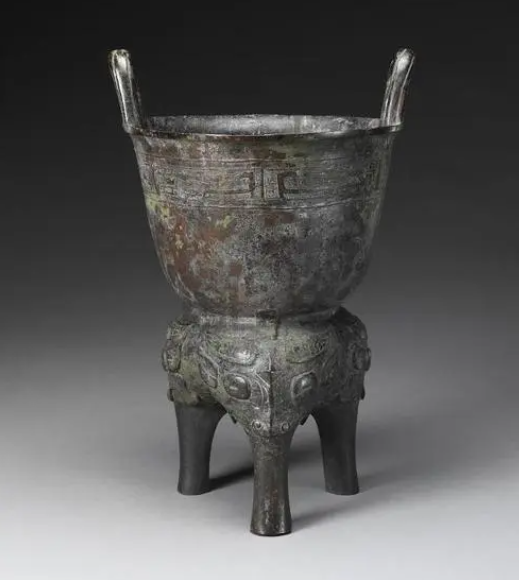
Cooking utensils and ritual utensils. Popular from the Shang to the Han Dynasty, the shape is divided into upper and lower parts. The upper part is used to hold food, which is called a retort. The bottom of the retort is a perforated grate to facilitate the passage of steam; In the Shang Dynasty, most of them were round, with straight ears, a flared mouth, a corset waist, a bag-shaped abdomen, with cone feet or cylindrical feet under the abdomen, and the body was thick and heavy.
Gui (audio track)
It is a vessel used to hold cooked meals in ancient China, and it is also used as a ritual vessel. It was popular from the Shang Dynasty to the Eastern Zhou Dynasty. Su: It is a utensil for holding rice, millet, sorghum, rice and other meals during sacrificial and feasting in ancient times. The basic shape of the u is a rectangular utensil. for two utensils.簠 appeared in the early Western Zhou Dynasty, mainly prevalent in the Spring and Autumn Period of the Western Zhou Dynasty, and disappeared after the late Warring States Period.
簠 (sound)
Gui is an utensil for holding rice, millet, sorghum, rice and other meals during sacrificial sacrifices and feasts in ancient times. "Zhou Li·Sheren": "All sacrificial sacrifices have a gui." The shape is the same, the size is the same, the top and bottom are symmetrical, the combination is one, and the two are two vessels.簠 appeared in the early Western Zhou Dynasty, mainly prevalent in the Spring and Autumn Period of the Western Zhou Dynasty, and disappeared after the late Warring States Period.
盨 (sound whisker)

Ancient bronze vessels for food, with an oval mouth, a lid, two ears, and a circle or four feet. It was developed from the ring foot gui and has the same purpose. The shape of the lid is similar to the body but slightly smaller. There are four square feet on the lid, which are the general criteria for judging. After removing the lid, turn it upside down to form another vessel, and place it as one after eating. It appeared in the middle and later stages of the Western Zhou Dynasty, and was mainly popular in the late Western Zhou Dynasty, and had basically disappeared by the early Spring and Autumn Period.
Dun
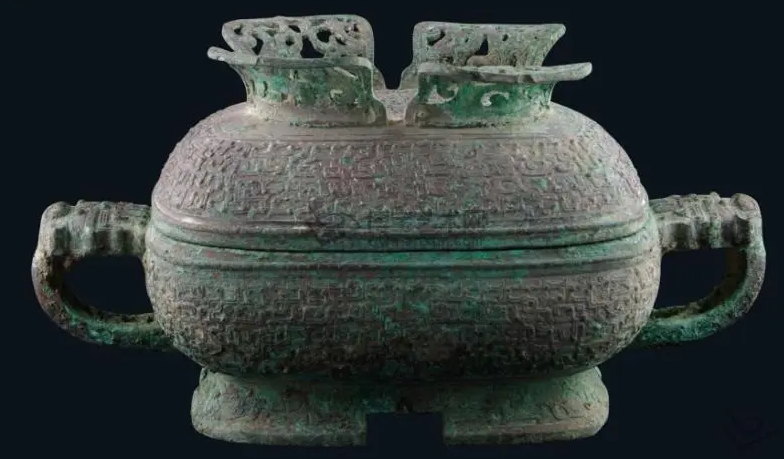
In ancient times, the utensils used to hold meals such as millet, millet, sorghum, and rice were developed from the combination of the shape of the tripod and the gui. As far as the overall development and changes of cooking utensils are concerned, the utensils for serving meals that match the meat in the ding are the gui in the Western Zhou Dynasty, the Dun in the Spring and Autumn Period, and the box after the Warring States Period. It has evolved from a container to a sacrificial vessel very early on. It originated in the middle of the Spring and Autumn Period, prevailed from the late Spring and Autumn Period to the late Warring States Period, and gradually disappeared after the Qin Dynasty.
bean
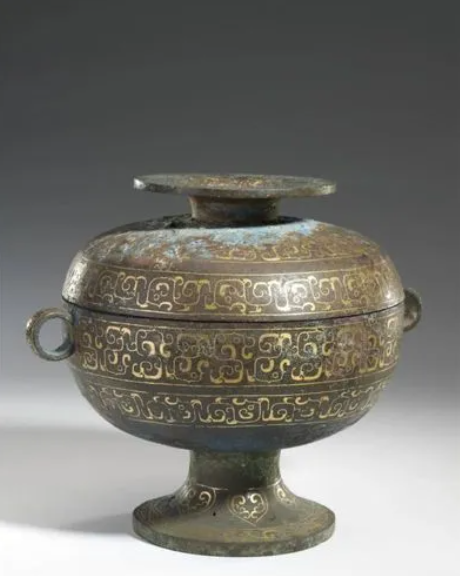
Beans are food and ritual vessels in the pre-Qin period in China. Pottery beans have been unearthed at the Dawenkou site. They were popular during the Spring and Autumn Period and the Warring States Period. They were initially used to hold grains such as millet and millet, and later used to hold condiments such as pickles and meat sauce.


